El Nino & drought take a toll on Sadc’s livestock
- By Zimpapers Syndication |
- 03 May, 2025 |
- 0

Sifelani Tsiko ---
A devastating El Nino-induced drought is claiming thousands of livestock in Southern Africa as grass and water are scarce. The loss of livestock stock is running into millions of dollars and most farmers with minimal government support are making frantic efforts to save their livestock through supplementary feeding schemes, translocating animals to areas with better pasture and de-stocking in the worst situation.
The El Niño drought hitting most Sadc countries is the worst in more than 50 years and has, apart from people, seen livestock in particular suffering from lack of grazing pasture and water.
Some analysts fear that that it could be as bad as 1991-92 drought when around a million cattle died across the region.
Livestock updates from across the region all indicate that cattle, sheep and goats are dying as drought tightens its grip in the Sadc region.
In drought-prone parts in the Sadc region, most dams have dried up and livestock was reported to be watered mainly from underground boreholes.
Recent rains is most parts of the region have slightly improved pasture and water availability, slowing down livestock deaths.
Before the recent downpours, drought gripping the entire southern African sub-region took a toll on livestock in Zimbabwe, with the authorities reporting the death of more than 24 000 cattle in the period up to March 4.
“More than 24 148 cattle have succumbed to drought countrywide for the week ending March 4, 2016,” said Mr Bothwell Makodza, a director of the Division of Livestock and Production Development in the Ministry of Agriculture, Mechanisation and Irrigation Development told the Southern Times.
“Recent rains have improved pasture, helping to reduce livestock deaths. Pasture has not improved much, the situation is still dire particularly in Masvingo, the hardest hit province with 11 769 deaths while Matabeleland North with more than 3 500 livestock deaths.”
In Zimbabwe, FAO has assisted livestock farmers in the affected areas with US$1 million worth of subsidized supplementary feeds.
Zimbabwe has a vibrant agricultural extension system, making it easier to record livestock deaths with a high degree of accuracy.
Other countries within the Sadc region do not have strong livestock extension systems save for South Africa and Botswana.
This has made it extremely difficult to collate data on livestock deaths in the 2015 – 2016 cropping season.
Despite this, data gleaned from media reports show that Swaziland lost 10 233 animals due to the drought.
Areas which recorded high cattle deaths included Malindza, Lavumisa, Hluti, Mliba, Siphofaneni, Lubulini, Lomahasha and Mayiwane.
Minister of Agriculture Moses Vilakati said the cattle deaths account for two per cent of the country’s cattle population of 630 000.
Vilakati says the number might be higher than reported as some farmers say some die in the pastures without being noticed and reported to veterinary officers.
This loss has deprived most farmers in the Sadc region who see cattle as some form of social capital or wealth.
A few years ago, prior to the mass deaths, Swaziland’s national herd was estimated at about 750 000 head of cattle, but the agricultural ministry estimates the optimum number of cattle for the country’s pastures - depending on the weather conditions - is between 400 000 and 600 000.
In Botswana, drought has killed more than 15 000 cattle in north-west Botswana.
The worst affected were farmers in Ngamiland who lost cattle due persistent drought conditions in the current farming season.
Worsening drought in most parts of the Sadc region has dried up water holes, crops and pasture, leaving farmers unable to feed their animals and unable to sell them for much either.
Most farmers in drought prone parts of the Sadc region are being forced to sell their livestock for a song, something which they say is much better than watching their cattle die.
In Zimbabwe, desperate farmers are now selling animals which used to fetch some US$500 on the market, for as low as $150 while in some places for as little as $50 to buyers from towns and cities.
“It’s very disturbing to watch our cattle die like this,” said a Chivi farmer, in the south - central province of Masvingo in Zimbabwe. “Drought has hammered us heavily and we are selling cattle for as little as US$50. Some buyers from Harare are ripping us off because of the drought.”
Most countries in the Sadc region are reeling from the strain of El Nino, which has dried up rainfall across the region in the 2015 – 2016 farming period killing crops, disrupting hydropower production and forcing local water authorities to enforce stringent water rationing in some parts.
Zimbabwe’s national cattle herd stood at 5,3 million animals, down from over 6 million in 2014.
A similar situation plays out across the region with cattle dying or being culled due to drought.
“There's lots of animals dying on the farms,” Lardus van Zyl, chairman of the Red Meat Producers Organization in Botswana was quoted saying in the media recently.
“Farmers are now auctioning their stocks before they die on their own and nearly a third more animals are being butchered compared to the same time last year mainly because of the drought.”
Farmers in South Africa’s Limpopo province are reported to have lost more than 5 000 animals due to the persistent drought, according to preliminary figures by the province’s agriculture department.
Most farmers in this province and others in central part of South Africa were struggling to feed their animals.
More than 4 300 cattle have died in the drought in central and southern Mozambique. Gaza and Maputo provinces are the worst hit, accounting for the bulk of the livestock deaths.
Farmers say pen fattening programmes were being hampered by unavailability of reliable water sources.
Rivers, boreholes and weirs have dried up as most people were now getting water from shallow wells dug on sand riverbeds to water their livestock.
Most governments and aid agencies operating in the Sadc region are encouraging farmers to destock and to buy supplementary feed to save breeding stock.
In some parts of the region, drought task teams have been established in the affected provinces, and emergency feedlots were being established.
Says prominent agriculturalist and researcher Ian Scoones: “It is a very serious situation. As perhaps the most valuable asset that most people have, losing herds can be devastating for livelihoods and recovery takes many years.
“Some small showers have recently improved grass conditions in some places, but the amount of fodder available is clearly grossly inadequate to see animals through the long dry season across the coming months.”
Some economic analysts say the drought will stretch government resources for most Sadc countries at a time when state revenues have been hit hardest by lower commodity prices, reduced earnings from the imports and declining remittances from workers abroad.
Some of the worst affected countries in the region in 2016 include Angola, Botswana, Lesotho, Mozambique, South Africa, Swaziland and Zimbabwe.
Agricultural experts say Sadc governments need to allow flexible movement of livestock and remove restrictions imposed by veterinary controls to reduce livestock losses in the region.
They also say that governments in the region need to set up public works programmes that invest in rehabilitating water sources, including pumping from dry rivers to water the breeding stock that survives.
In addition, they also say supplementary feeding is vital, especially for maintaining a core breeding herd.
Sadc’s livestock population is largely dominated by ruminants – cattle, goats and sheep as well as poultry.
Recent trend, as reported by the FAO show that the livestock industry’s ability to lead re-engineered growth through generation of wealth in the region has diminished owing to lack of access to capital, poor infrastructure, poor access to markets and the increasing frequency of drought in recent years.
Furthermore, the FAO says investments in rural infrastructure, input subsidies, marketing schemes and services such as extension and research have all declined.
In the past, Sadc had a vibrant livestock sector as most governments provided services to farmers and rural areas through commodity marketing boards and state-supported co-operative movements.
This decline of this support has hampered the development of the livestock sector and the rural economy.
The farm animal resources of SADC are rich and immensely diverse.
The livestock population in SADC is estimated at 64 million cattle, 39 million sheep, 38 million goats, 7 million pigs, 1 million equines and 380 million poultry. An estimated 75 percent out of the above livestock population is kept under smallholder traditional systems.
No Comments



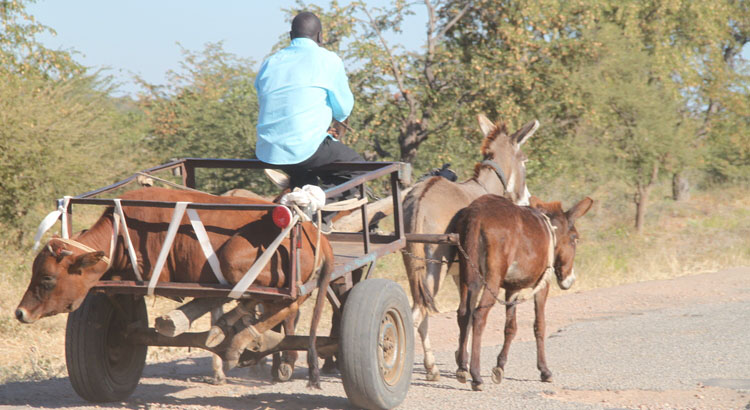


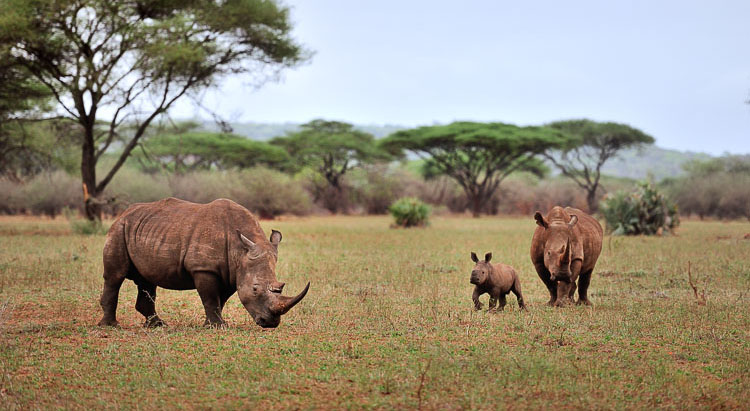
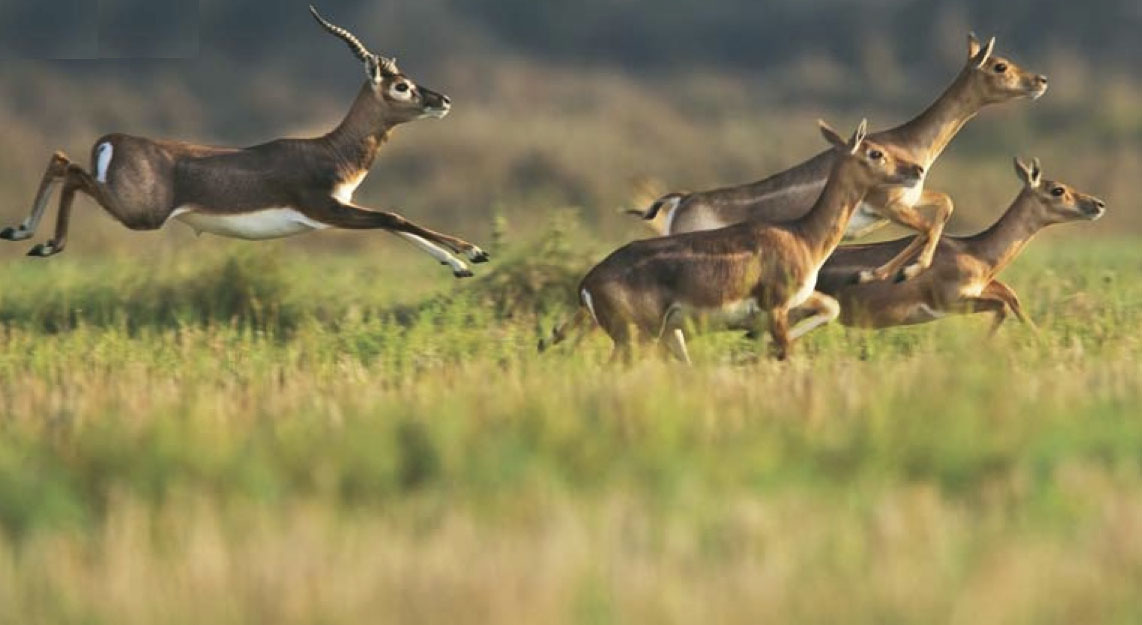

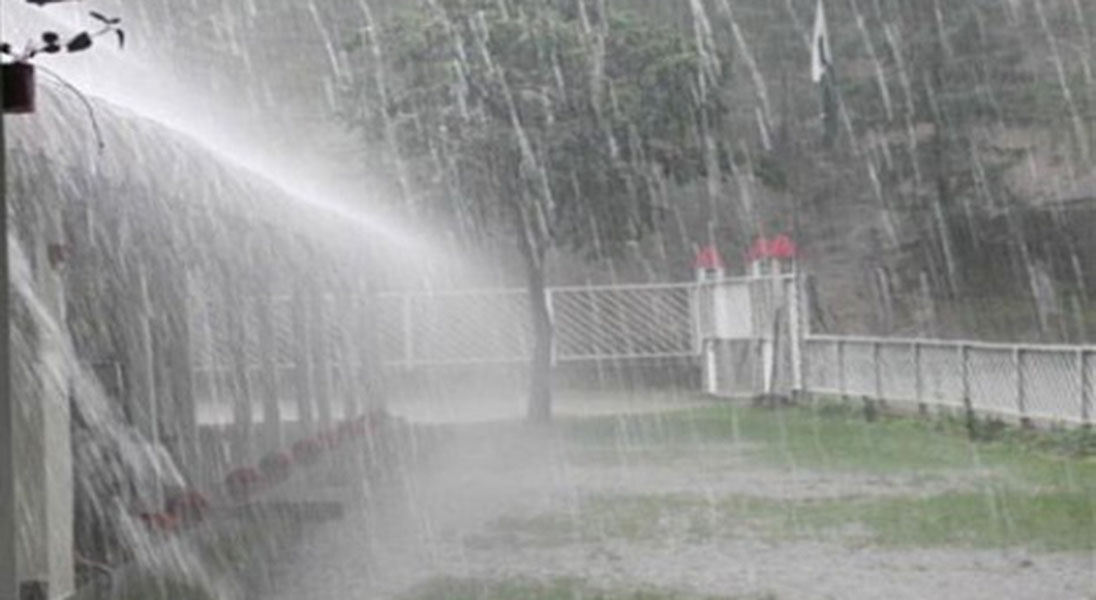
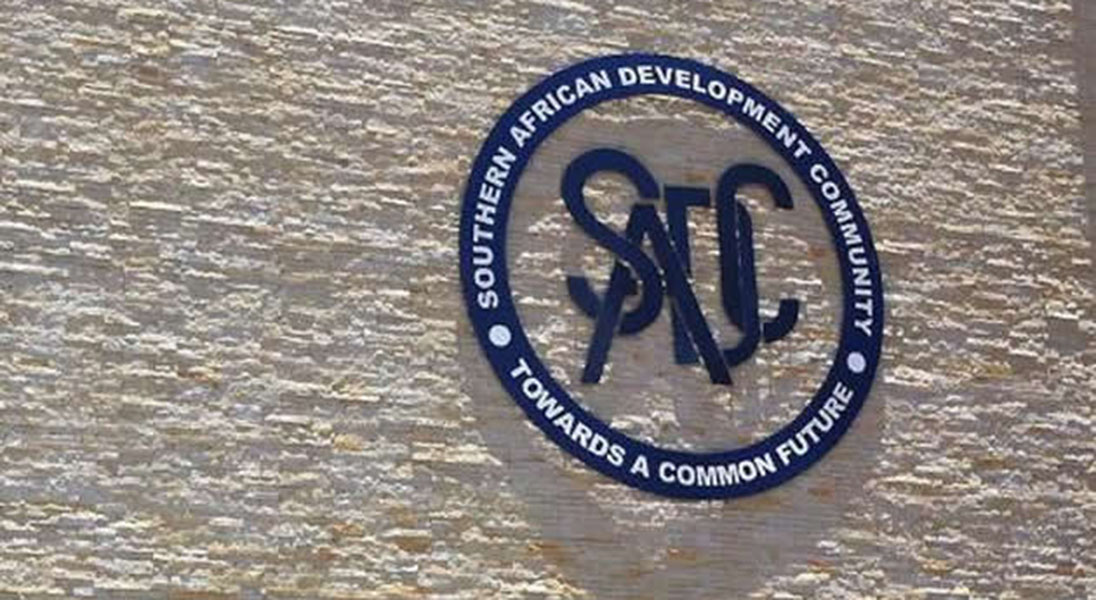
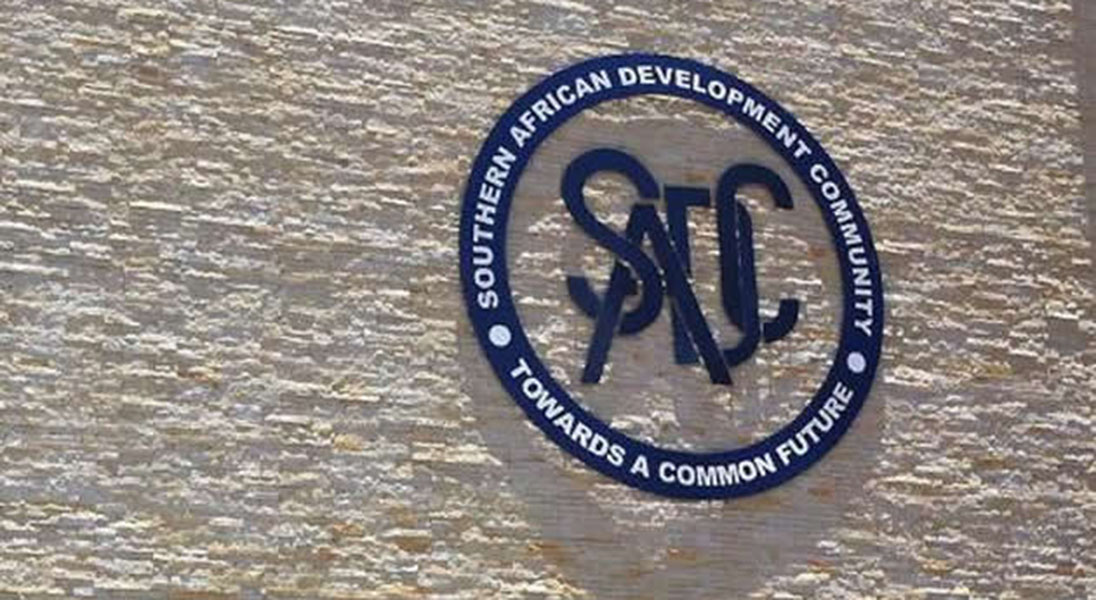
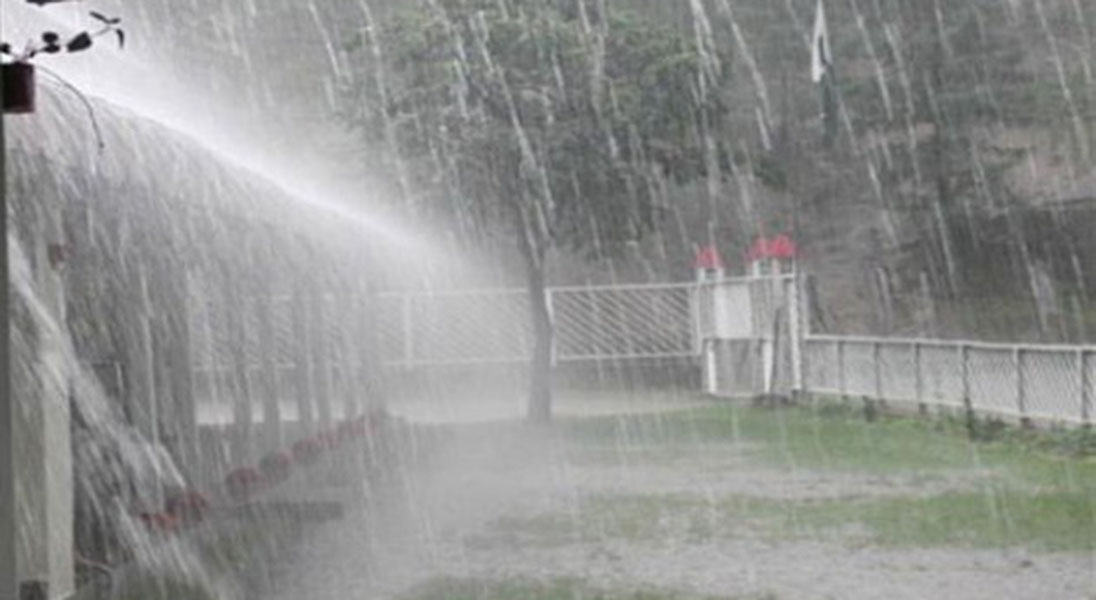
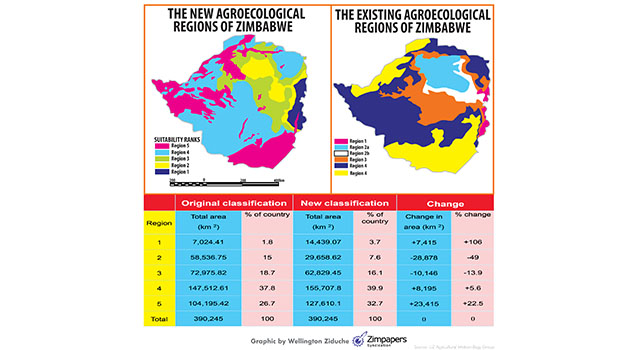
Comment